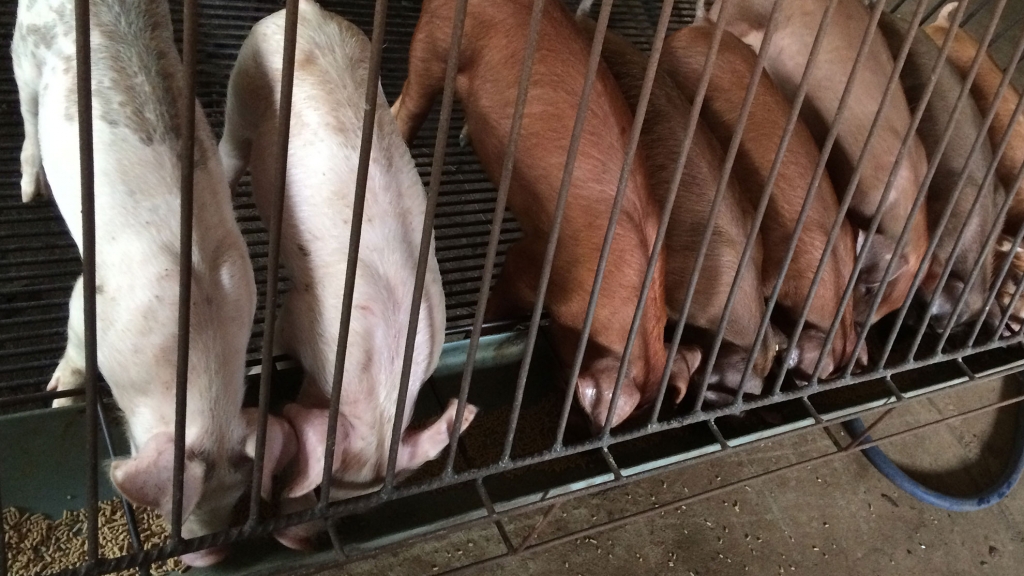The complexity of your nursery nutrition program will depend on a range of management factors including; weaning age, weaning weight and variation, parity structure, the quality of the nursery facilities, labour quality and availability, and the health status of your farm.
For those that have a younger weaning age (e.g. 21 days or 6.5 kg) it is ideal to adopt a four stage nutritional management program in the nursery. For those that are in the preferred position of having an older weaning age (e.g. 28 days or 8.0 kg) a three phase program is generally adequate to achieve the desired nursery exit target of 30 kg at 70 days of age. The nursery program should be based around weight targets rather than age. Changing diets by weight rather than age will allow pigs to remain as close to the growth curves as possible. Managing the smallest 25% of pigs by weight rather than age will also allow the variation within a commercial batch of pigs to be more contained than if they were managed by age.

The digestive and immunological maturity of the piglet is achieved somewhere between 7 and 10 weeks of age. These constraints need to be considered when designing the nursery diets. The responsibility of the nutritionist is not only to meet the nutritional needs of the piglet for lean efficient growth but to also support the efficient development of the piglets digestive and immune systems.

Digestive maturity is largely substrate driven so nutritional strategies to promote feed intake (pre and post weaning) will also promote digestive development. Immune development can be improved by nutritional management as well. The immune system and the gut microflora are known to co-evolve in the pig. Events which disrupt either will delay the development of both.
Nutritional tips
| To promote feed intake | To promote immune development |
|
|
It is also important to consider the nutritional requirements of the gastro-intestinal tract. During the nursery phase the maintenance and growth of the digestive tract is key to achieving growth targets, maintaining gut health and achieving optimal feed conversion efficiencies. Particular nutrients like threonine, methionine, cysteine, tryptophan, glutamine, glutamate, vitamin E have been shown to improve the performance and efficiency of pigs when used at levels higher than those recommended for lean growth especially in the initial post-weaning period or during challenge situations (i.e. health or sanitation). Glutamine/glutamate should be viewed as conditionally essential nutrients in the acute post weaning period. Dietary shortfalls in glutamine/glutamate can be made up in the diet by using feed additives like L-glutamine or glutamate, mono sodium glutamate and commercial products.
Fine tuning of nursery diets should also ensure that the buffering capacity and electrolyte balance (Na+K-Cl) are optimal as both of these factors influence the ability of the pig to utilise protein efficiently. Buffering capacity targets will depend on the system you choose (ABC 3 or ABC 4). However low buffering capacity can be achieved by avoiding the use of products like limestone, dicalcium phosphates, zinc oxide (at 3000ppm) and selecting the appropriate acidifier/s for the weight of the pigs. Electrolyte balance can easily adjusted using different salts (e.g. sodium chloride, sodium bicarbonate).
Success in the weaner nursery is dependent on a broad range of factors of which nutrition is only one. However, understand the role nutrition can play in gut health and animal performance is essential to enjoying good performance as we move away from antibiotic growth promoters and heavy metals.


